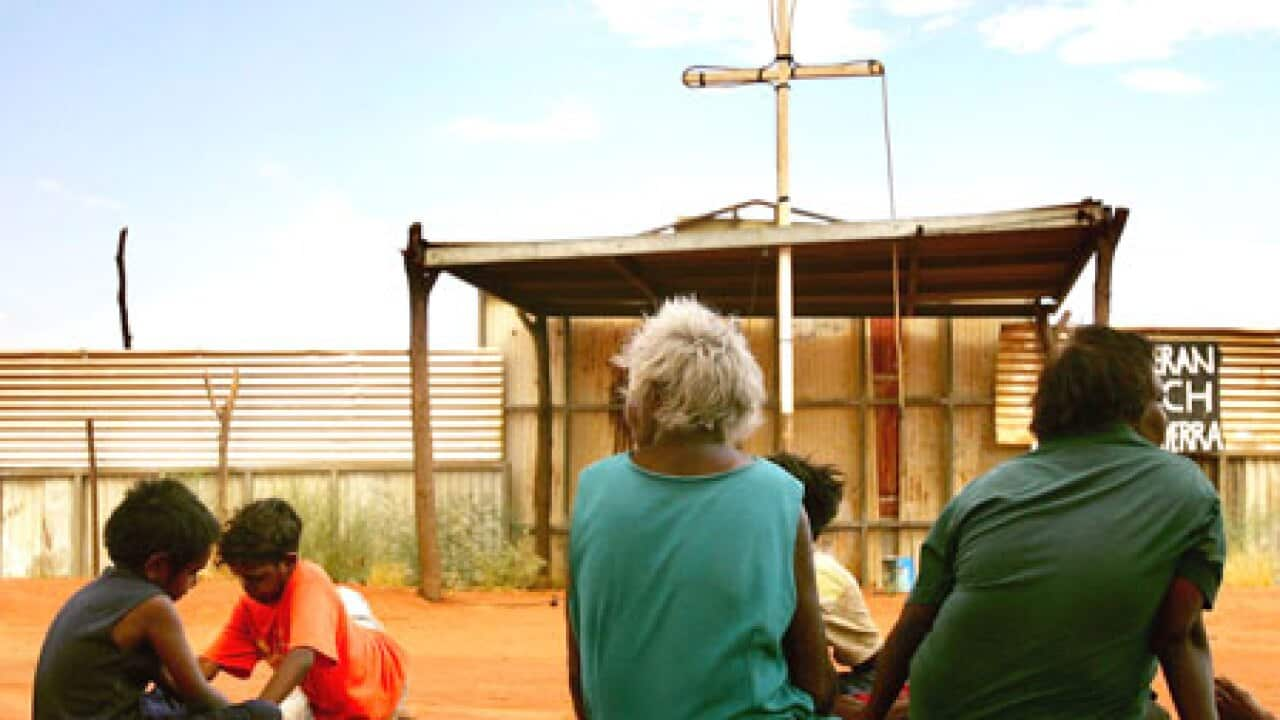Indigenous Australians have the worst life expectancy rates of any indigenous population in the world, a United Nations report says.
But it's not news to Aboriginal health experts.
They say it simply confirms what Australian health services have known for years.
Report 'no surprise'
Aboriginal Medical Services Alliance of the Northern Territory (AMSANT) chief executive officer John Paterson said the findings of the report, which examined the indigenous populations of 90 countries, were no surprise.
The UN report - State of the World's Indigenous Peoples - showed indigenous people in Australia and Nepal fared the worst, dying up to 20 years earlier than their non-indigenous counterparts.
In Guatemala, the life expectancy gap is 13 years and in New Zealand it is 11.
Mr Paterson said research gathered by AMSANT, notwithstanding progress being made to improve the health outcomes of Aboriginal people, mirrored the findings of the UN.
"To improve the status of Aboriginal health, one key measure or approach is for Aboriginal people to become more involved in decisions around strategies, programs in primary healthcare," he told AAP.
Local contribution 'important'
"It's time for governments to seriously consider handing over that responsibility to Aboriginal people."
He said positive trends had emerged overseas in areas where indigenous people were able to contribute to their local healthcare system.
According to the UN report, indigenous peoples experience disproportionately high levels of maternal and infant mortality, malnutrition, cardiovascular illnesses, HIV and other infectious diseases such as malaria and tuberculosis.
Aboriginal and Torres Strait Islander Social Justice Commissioner Tom Calma said the report also revealed alarming statistics relating to poverty, education, employment, human rights and the environment.
"In recent years, as a nation, we have taken some giant steps forward in relation to our Indigenous peoples," Mr Calma said in a statement.
'Marginalised'
"However, Aboriginal and Torres Strait Islander peoples remain marginalised in Australia and face entrenched poverty and ongoing discrimination on a daily basis."
Minister for Indigenous Health Warren Snowdon said the Australian government had, throughout its term, acknowledged the significant gaps in health outcomes between indigenous and non-indigenous Australians.
"Sustained action is still required," he said in a statement.
However, Mr Snowdon said latest figures from the Australian Bureau of Statistics showed the gap was less dramatic than that outlined by the UN.
"The figures, collected from 2005-2007, show that the life expectancy of indigenous men is 11.5 years lower than for non-indigenous men, while life expectancy of indigenous women is 9.7 years lower than for non-indigenous women.
"That's why the Australian government is making a historic investment, and allocated almost $1 billion in the 2009-10 budget to improve indigenous health.
Funding increase
"This (investment) equates to a 57 per cent increase in indigenous health funding across the portfolio since the 2007-08 budget."
Mr Paterson said AMSANT was very thankful for the increased funding, but that it still wasn't enough.
"We need the prime minister to establish a national Aboriginal health authority, rather than having numerous levels of government making decisions," he said.
The UN report stated that 370 million people, or about five per cent of the world's inhabitants, are indigenous.
Indigenous people constitute about one-third of the world's 900 million extremely poor rural people.









